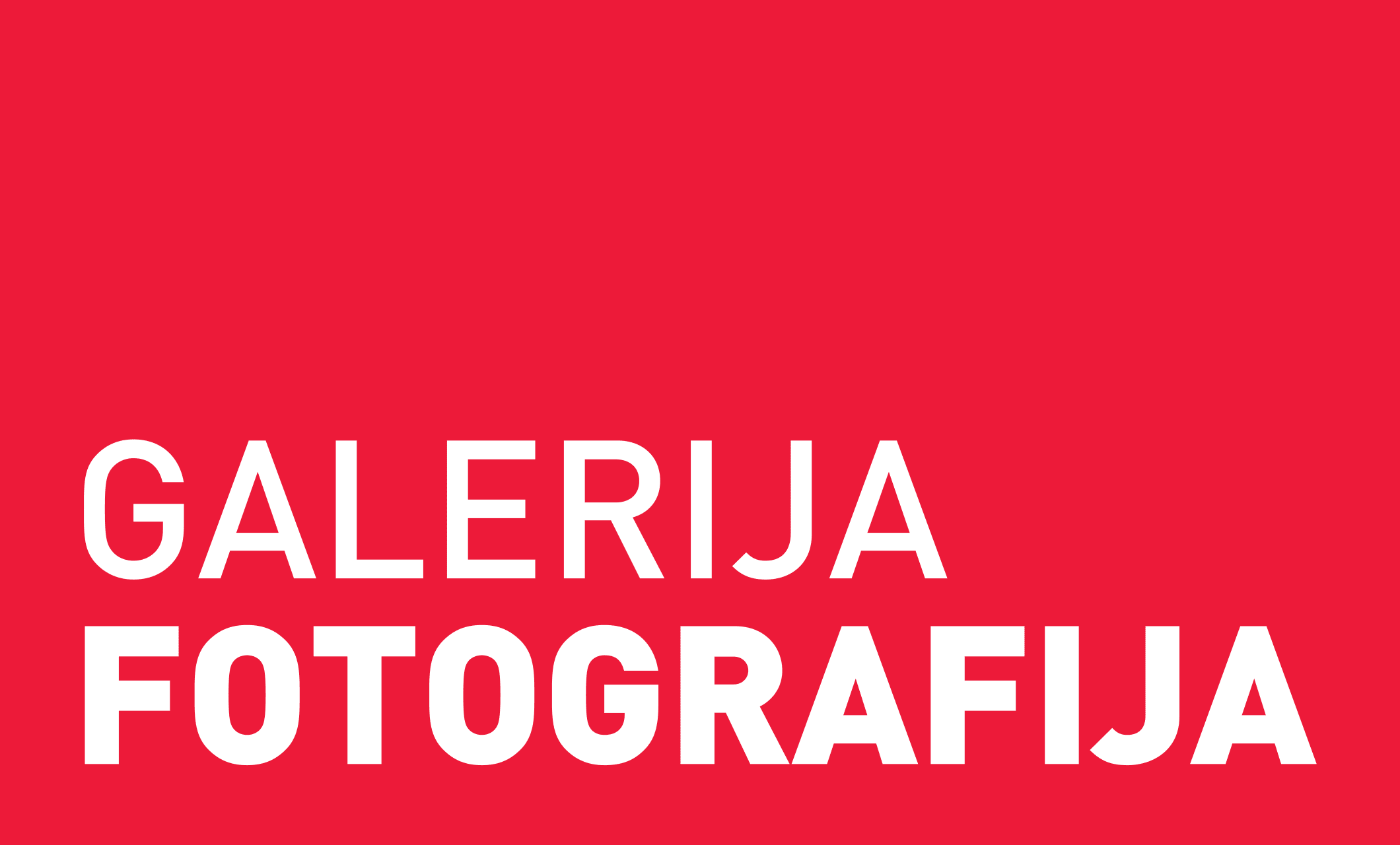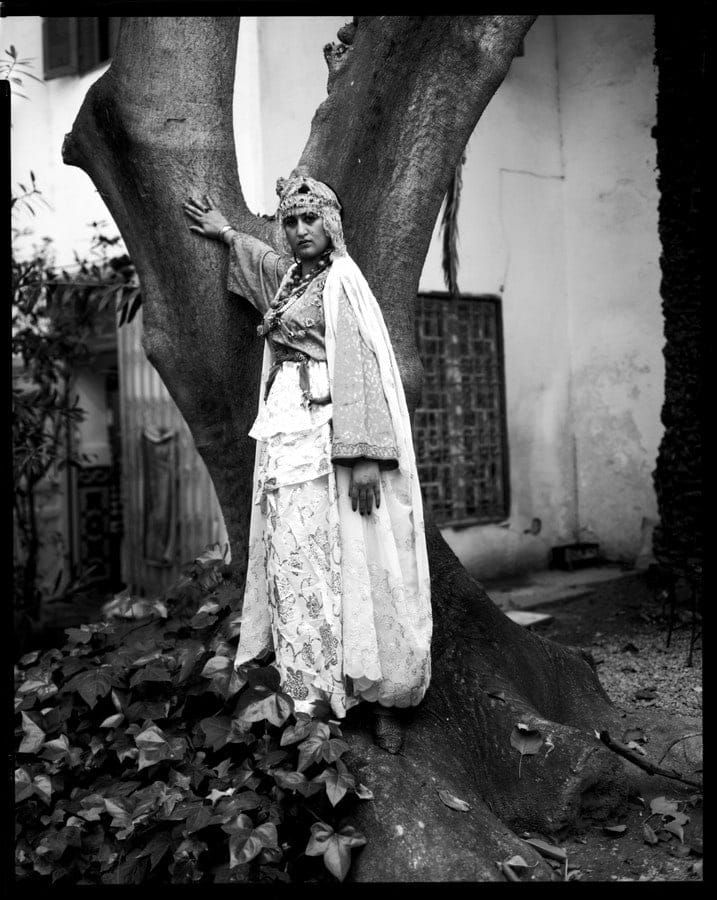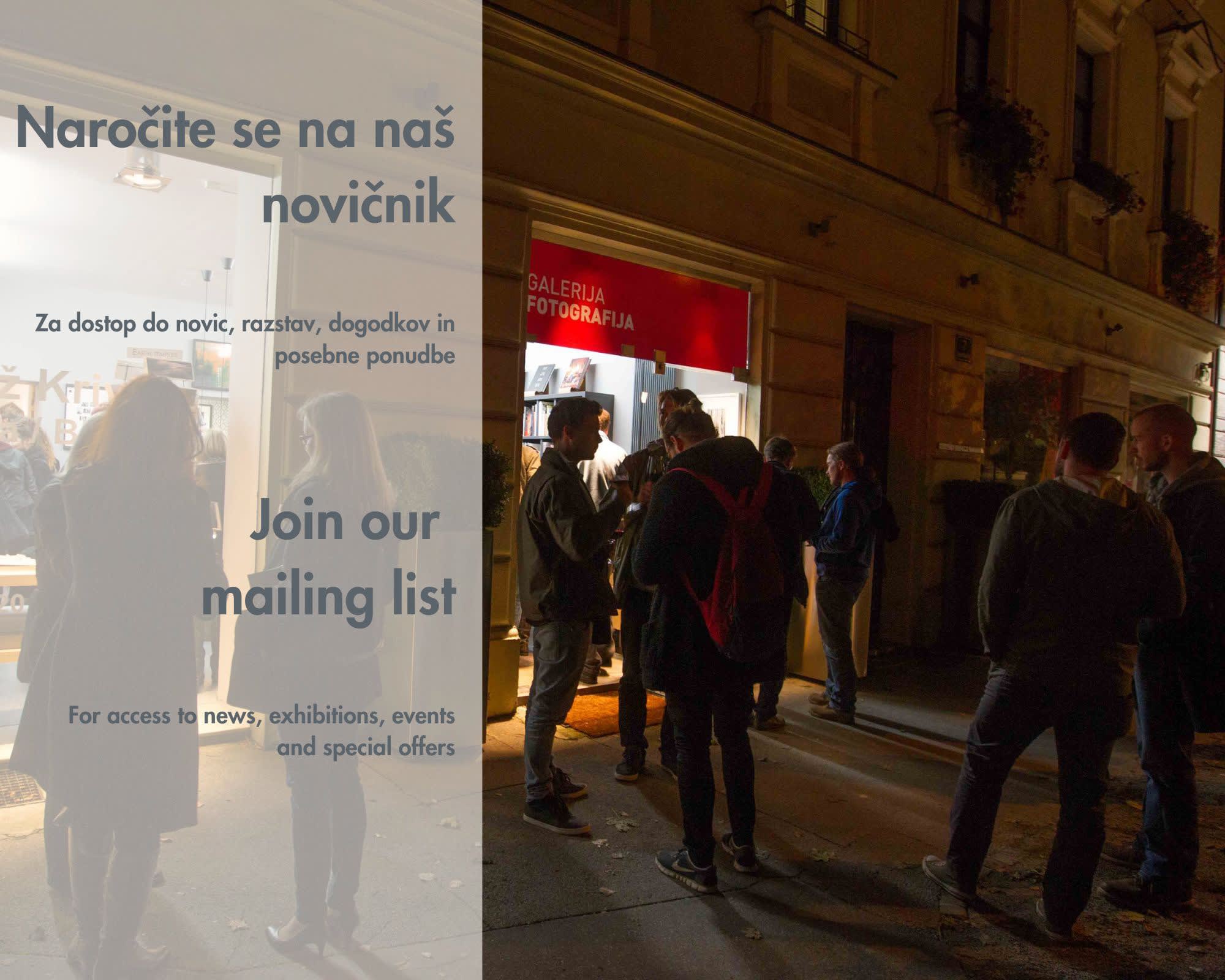Diana Lui
For English version please scroll down.
O SERIJI
Identiteta in eksistencializem sta temi, ki sta močno prisotni v delih Diane Lui. Črno-bele fotografije iz serije The Essential Veil prikazujejo portrete različnih žensk iz Maroka. Nekatere so skorajda resnobne v svoji preproščini in enostavnih oblačilih, druge pa delujejo malodane kraljevsko v svojih razkošnih poročnih opravah. Medsebojnim različnostim navkljub vse izžarevajo avro moči in obenem spokojnosti.
Diana Lui, ki so jo starši pri rosnih 14 letih poslali na šolanje v tujino, v svojih delih odgovarja na vprašanja o identiteti in spremenljivi, nomadski naravi posameznikov, ki si jih zastavlja. Upodabljanje tančic jo je zasvojilo z vprašanji o tem, kaj tančice v Maroku pomenijo tako kulturno kot tudi družbeno.
»V istem času sta bila hijab in burka v Franciji zelo kontroverzna, zato sem bila na zakrite ženske še bolj pozorna, obenem pa sem se v Maroku počutila kot doma – spominjal me je na Malezijo, kjer so ljudje nosili svoje tudunge,« pove avtorica. »Še posebej so me fascinirale maroške poročne noše s svojim finim vezenjem. Ženska se v njih sploh ne more premikati in dejansko sama postane dekorativni element.«
»Nekatere ženske kljub temu imajo veliko moč, vendar je ne kažejo navzven, ampak z njo vplivajo na odločitve svojega moža in svojo moč izražajo na ta način,« razloži Lui. Tudi na njenih fotografijah ženske izžarevajo prav tako moč z jasno vidnim nadzorom, ki ga imajo nad svojo lastno prezenco.
Povzeto po Lyn Ong, Photo Feature: Behind the Veil.
ABOUT THE SERIES
Identity and existentialism are strong themes running throughout Diana Lui’s photographs. Black and white photographs from The Essential Veil series feature different Moroccan women. Some are stark in their simplicity and plain garb, yet others regal looking with the women poised and doll-like in their wedding refinery. Despite their differences, all project an aura of strength and solitary calmness.
Uprooted and sent abroad to study by her parents when she was 14, Lui’s questions on self, identity and the transient, nomadic nature of individuals played an important part in shaping many of her works. She was captivated by the representation of a veil, what it means culturally and socially to the Moroccan society. Another inspiration comes from the obsessional photographic work on veiled women in Morocco by French psychiatrist Gaëtan Gatian de Clérambault. It was through her artist residency in Morocco with the French Institute that she first created this series.
“It was also a time when the hijab and the burqa was very controversial in France. So of course I was extra aware of the women being veiled. But at the same time I felt very at home in Morocco because it was a bit like me when I was in Malaysia, like before when people were wearing their tudungs,” she explained. Several of the veiled garments were wedding outfits, resplendent in their fine embroidery. “I was fascinated by their wedding costumes because it was so elaborate. The woman, she can’t move. She actually becomes a decorative piece. They become a very symbolic, metaphoric representation.”
“Some of the women actually have a certain form of power,” continued Lui, “but they don’t exert it openly, they exert it behind their husbands”. Attempting to convey that form of power, it shines through the photographs as it shows each woman being in control of her own presence.
Adapted from Lyn Ong, Photo Feature: Behind the Veil.


